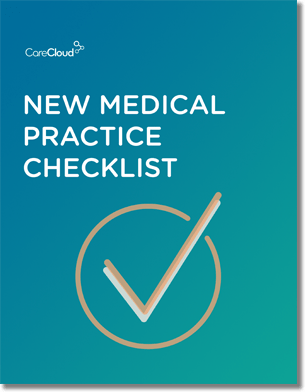Imagine a neurologist treating a stroke victim in Sioux Falls, South Dakota in the morning, another in New York City before lunch and one more in San Diego thirty minutes later — all without ever leaving his office.
Impossible, you say? Not quite. Now, with advancements in telemedicine robots, this happens all the time.
RP-VITA: Our New Best Friend
In January, the US Food and Drug Administration (FDA) cleared the remote presence (RP) robot, RP-VITA (iRobot), for use in hospitals.
RP-VITA is the first FDA cleared autonomous-navigation robot that allows physicians to monitor patients remotely.
The five-foot-four InTouch Health robot weighs 140 pounds and moves around on three wheels. It has cameras, microphones, 3-D mapping sensors, and a stethoscope.
A video screen allows doctors to chat with patients as if they were having a Skype conversation and automatically swivels to face people who are talking.
The telemedicine robot transmits and receives video, audio, and navigation directions, and can take measurements by connecting to other devices like otoscopes and ultrasound.
Hospitals are starting to use these kinds of telemedicine robots to extend the reach of specialists who are not available in rural areas. They are particularly useful in time-sensitive emergencies like instances of stroke, where every second count.
According to Pamela Kolb, Vice President of Clinical and Support Services at Thomas Jefferson University Hospital in Philadelphia, her hospital has been using an InTouch Health robot since 2010 to help care for stroke patients in underserved communities.
“Using robots to enable Jefferson’s specialists to do remote consults seemed like a logical thing for us to do, because we have the expertise here, and we have a very large stroke team. We felt there was a need for better stroke care in the community,” said Kolb.
Results so far have been good. Patients seem to accept the robot because it enables their emergency room doctor to consult rapidly with an academic specialist. Patients are receiving better care more quickly, and the percentage of patients receiving time-sensitive blood clot drugs has greatly increased.
Other hospitals that have successfully implemented RP-VITA into their treatment practices include Providence Health & Services in Portland, Oregon, and Missouri’s Parkland Health Center.
What else can they do?
Robots aren’t new to healthcare.
The pioneer Da Vinci Surgical System, approved by the FDA in 2000, has already performed more than 20,000 surgeries. Using advanced technology, the da Vinci Surgical System assists surgeons in performing delicate operations through tiny incisions with increased vision, precision, dexterity, and control.
Another example, the Aethon TUG, is an automated system that facilitates a medical facility’s ability to transport supplies such as medication, linens, and food from one room to another. The robot moves through hospital corridors, elevators, and departments to make either scheduled or on-demand deliveries.
An Aethon TUG can complete the work of three full-time employees but costs less than one full-time employee.
In what some may consider a bit offsetting, several research facilities around the world are currently manufacturing microbots. These tiny robots roam through the human body carrying out precise, delicate tasks inside of veins and organs.
The Plaque Buster, for example, is a tiny magnetic capsule equipped with a drill head that surgeons use to remove plaque from arteries. These 10-mm long microbots are powered by electromagnetic coils and use magnetic field gradients to steer through arteries.
Even though medical robots may not look like Star War’s C3PO in a white coat just quite yet, they are still a viable option for large providers to lower costs and expand their reach.
Do you think a telemedicine robot has a place in your practice? Let us know in the comments section.

Do you know what you need when setting up a new medical practice?



